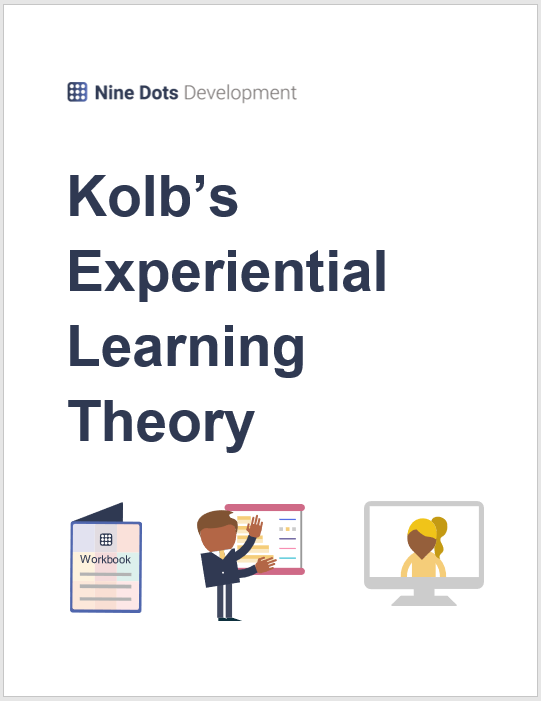Friday 11 Jun 2021 Article
The Takeaway70:20:10 Model of Learning and Development
Understanding Different Learning Styles and Their Implications on Your Organisation’s L&D Approach
Part 2 of 4
#L&DStrategy #LearningStyles #ExperientialLearningTheory #70:20:10Model #PersonalDevelopment
The perfectly matched resource for this article...
Incase You Missed It Yesterday...
Please click below to download our 'Kolbs Experiential Learning Theory' diagram!
Download diagram!Playing catchup?
Part 1 of 4 Kolb’s Experiential Learning Theory
Part 2 of 4 70:20:10 Model of Learning and Development
Part 3 of 4 Honey and Mumford’s Learning Styles
Part 4 of 4 Training Options to Suit Your Staff’s Different Learning Styles
70:20:10 Model of Learning and Development
Learning is like a cake - you need the right ingredients and quantities to achieve an exceedingly good output…
… and the 70:20:10 Model of Learning and Development is your recipe for success!
So what actually is the 70:20:10 model and how can you implement it to build a high-performance learning culture?
What is the 70:20:10 Model?
The 70:20:10 model states that 70% of learning is experiential, 20% social, and 10% formal.
The model was developed in the 1980s based on Morgan McCall’s research into formal and informal learning that suggested that the key to effective learning is getting the right balance between formal and informal.
It is a particularly popular model because it focuses on learning in the context of the workplace, meaning that all the knowledge, skills and abilities gained are work-relevant and easily applicable to employees’ day-to-day roles.
70% Experiential Learning
The 70:20:10 model suggests that we learn best by doing.
For example, you can’t learn to swim without getting in the pool.
And this can be applied to the workplace – you can’t learn to use a new computer system efficiently without actually using it.
Therefore, the majority of what we know is learned through hands-on experiences, daily tasks, and challenges.
It can be daunting doing something new for the first time, like doing your first ever public speech, but it’s the most effective way to learn a new skill.
20% Social Learning
Social interactions with our friends, family and colleagues make up 20% of our learning.
We learn through our relationships by sharing knowledge, observing others, and mentoring.
Social learning, like experiential learning, is a type of informal learning as it is usually self-directed spontaneous and less structured.
An example of social learning could be asking a colleague how to use the new printer the company just bought for the office.
10% Formal Learning
Formal learning is an essential part of any learning strategy - it is the backbone of a successful staff development plan.
This 10% gives us a strong foundation of facts and figures upon which we can then build our knowledge and abilities through informal learning (experiential and social learning).
Formal training, such as a leadership and management development programme, can also act as an amplifier to boost or solidify existing skills.
What Does This Mean for Your Organisation’s L&D Strategy?
Many organisations use this model to structure their L&D strategy in a way that provides their workforce with a holistic approach to learning to maximise its impact and help create a high performing team.
Based on this model, we highly recommend giving your staff a diverse range of opportunities to learn through the three different methods.
For example, you could:
- Give them more responsibility in their role
- Begin an internal mentorship programme
- Enrol your staff onto a professional development programme
---
Our next article will delve into Honey and Mumford Learning Styles, so stay tuned!
Incase You Missed It Yesterday...
Please click below to download our 'Kolbs Experiential Learning Theory' diagram!
Download diagram!Missed an article? More from Understanding Different Learning Styles and Their Implications on Your Organisation’s L&D Approach
Part 1 of 4 Kolb’s Experiential Learning Theory
Part 2 of 4 70:20:10 Model of Learning and Development
Part 3 of 4 Honey and Mumford’s Learning Styles
Part 4 of 4 Training Options to Suit Your Staff’s Different Learning Styles

